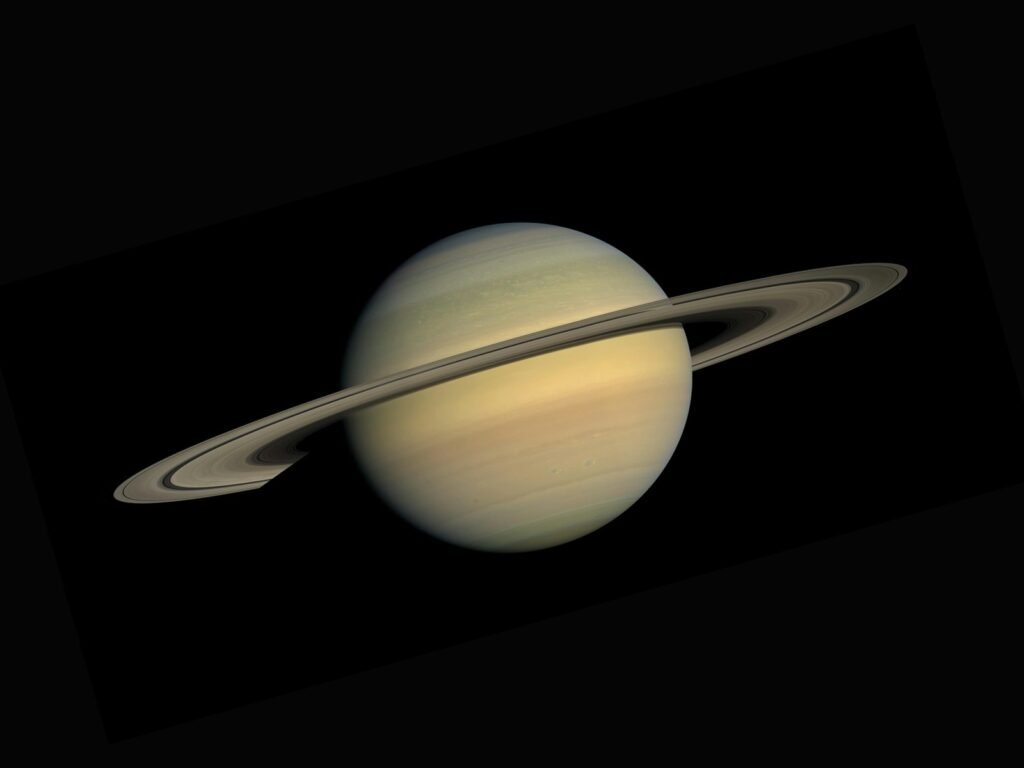Planets don’t behave the way our school posters promised. The closer we look, the stranger they get: days longer than years, rain that hardens into gemstones, rings that are quietly dissolving into a planet’s atmosphere. Thanks to a flood of new data from spacecraft, giant telescopes, and clever lab experiments, the universe is serving plot twist after plot twist. That’s the thrill and the challenge for scientists right now: the old models explain a lot, but not everything, and the gaps are where discovery lives. If you’ve ever stared up and felt the sky staring back, these nine reality-checks will change how you see our solar system – and everyone else’s.
The Hidden Clues: Venus’s day is longer than its year

Venus spins so slowly that one full rotation takes longer than its trip around the Sun, turning time itself inside out on our nearest planetary neighbor. It also spins backward compared with most planets, so the Sun would appear to rise in the west and set in the east beneath its sulfuric clouds. That warped calendar isn’t a trivia note; it’s a clue to colossal forces – tides, atmospheric drag, and ancient impacts – that can torque a planet’s spin over eons.
Pair that with a runaway greenhouse atmosphere and you get a living cautionary tale about climate feedbacks. Radar mapping shows a world resurfaced by volcanism, where crushing pressure and furnace heat rewrite geology. I still remember watching Venus glow at dusk through a small telescope and thinking it looked calm; inside those clouds, it’s anything but.
From Ancient Tools to Modern Science: Mercury hides clean water ice in permanent shadows

On airless Mercury, where midday temperatures can bake lead, radar-bright patches at the poles reveal deposits of water ice tucked in craters that never see sunlight. Those cold traps, shielded by crater walls and the planet’s slight tilt, preserve frozen water likely delivered by comets and asteroids. It’s a mind-bender that a world so close to the Sun stockpiles something so fragile.
For mission planners, that ice is more than a curiosity; it’s potential resource. Future landers could turn those molecules into drinkable water, breathable oxygen, and even rocket fuel. The oldest planet became a blueprint for how to survive on the newest frontier.
The Giant’s Heart of Metal: Jupiter’s crushing physics forge a monster magnet
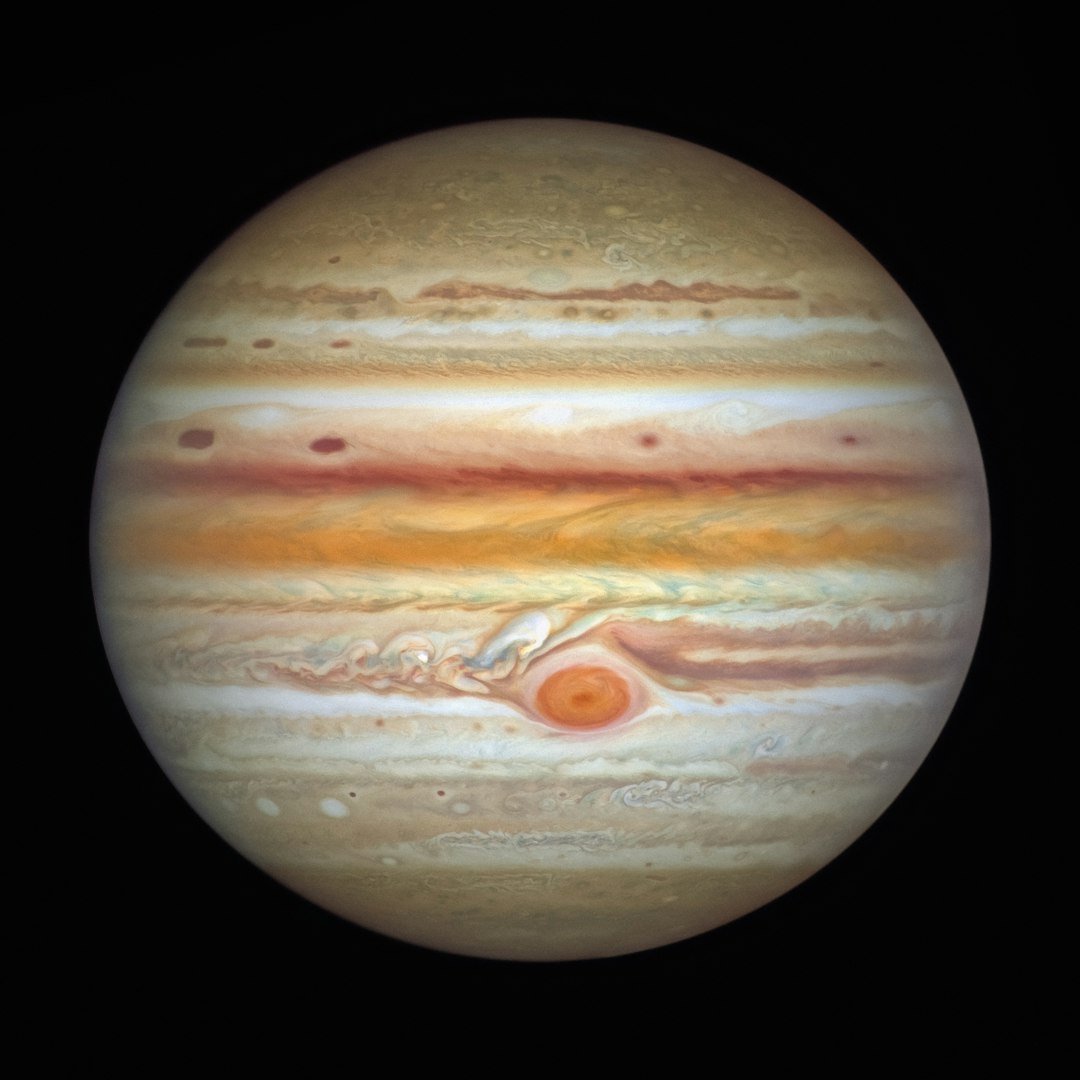
Deep inside Jupiter, intense pressure squeezes hydrogen into a metallic state that conducts electricity like a wire, powering a magnetic field that dwarfs anything on Earth. That invisible shield traps radiation, sculpts auroras the size of continents, and thrashes the space around the planet like a stormy sea. It’s planetary physics pushed to the edge, where chemistry turns into metallurgy.
Jupiter’s field also shapes the fates of moons and rings, and it may have nudged early asteroids and comets onto new paths. Rather than a gentle guardian, it’s an architect – and sometimes a wrecking ball – of the inner solar system. The takeaway is simple and stunning: inside a planet, pressure can rewrite the periodic table.
Rings on a Deadline: Saturn’s shimmering halo is fading
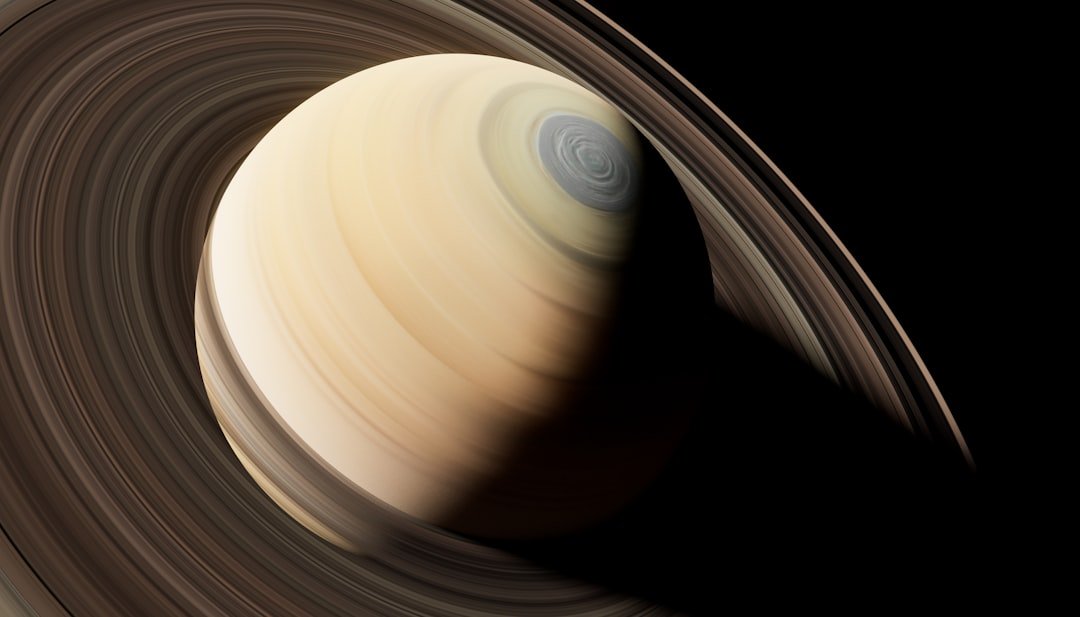
Saturn’s rings may look timeless, but measurements show they’re slowly raining into the planet as charged dust and ice spiral along magnetic field lines. The loss is gradual on human scales, yet dramatic in cosmic terms, suggesting the rings are both younger and more temporary than we once believed. Planetary jewelry, it turns out, comes with an expiration date.
That drip of ring material doubles as a probe of Saturn’s atmosphere and field, letting scientists weigh the rings and test their origins. Were they born from a shattered moon or a captured comet? Either way, we’re living in a lucky era for ring-gazing, and future generations may only know the legend.
Storms That Make Diamonds: Uranus and Neptune’s exotic weather likely forges gems

In lab experiments mimicking the pressure and temperature inside ice giants, hydrocarbons break apart and carbon atoms snap into diamond structures. Models suggest those crystals could form and fall like glittering hail, sinking toward warmer depths before melting back into the mix. It sounds like science fiction, but the physics holds together.
Such “diamond rain” would help explain how these planets move heat and generate magnetic fields that are oddly tilted and off-center. It also reframes our view of “ice” giants as complex chemical factories rather than simple frozen balls. When you picture their storms now, think thunderheads that sparkle.
Solar System, Not Special: Super-Earths and mini-Neptunes dominate the galaxy
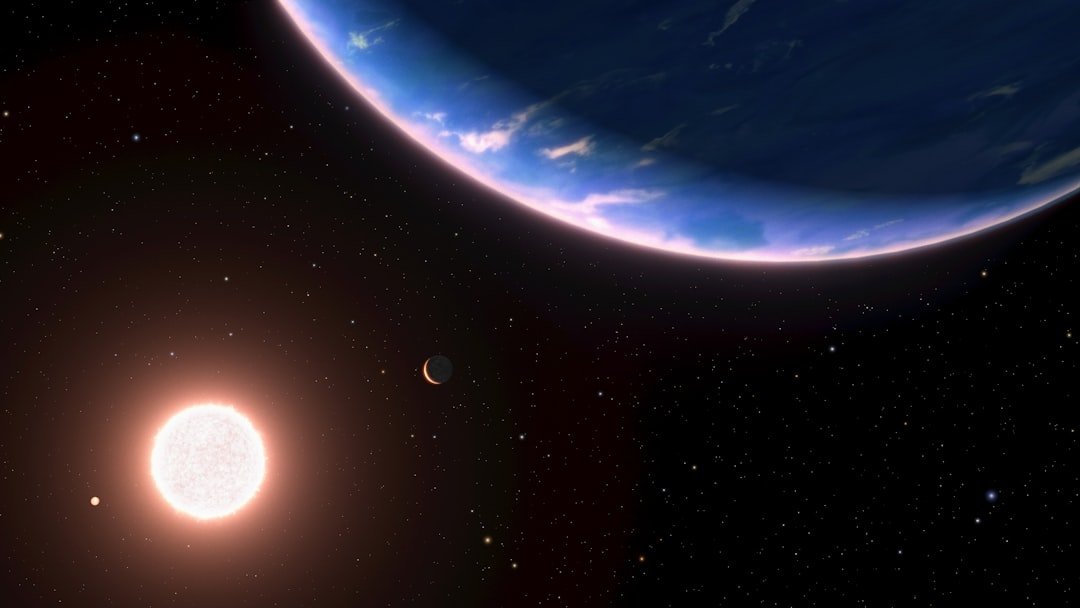
Exoplanet surveys keep finding worlds between Earth and Neptune in size – categories our solar system just skipped. These super-Earths and mini-Neptunes come in thick atmospheres and rocky versions, some hugging their stars with years that last only days. The big surprise isn’t that they exist; it’s that they seem to be the rule, not the exception.
That flips the narrative from “we are typical” to “we are odd.” Why did our neighborhood miss the most common blueprint? The answer could trace back to how our protoplanetary disk cooled and how giants like Jupiter muscled around the building blocks.
The Wanderers: Rogue planets drift between the stars
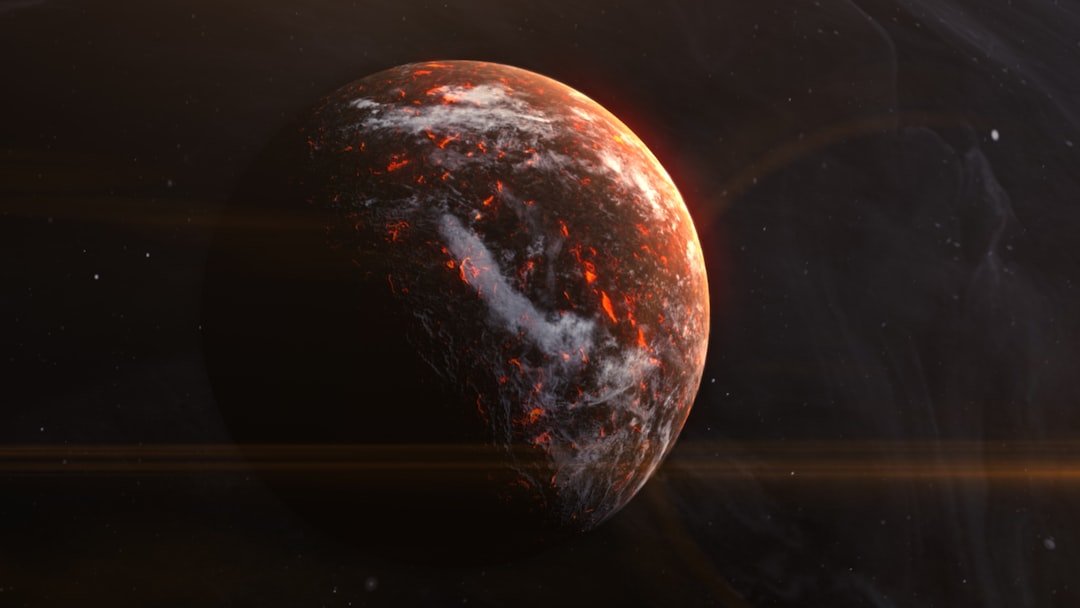
Not every planet keeps a star; some are tossed out by gravitational scuffles and sail through the galaxy alone, as dark as coal. Evidence from microlensing surveys suggests there may be staggering numbers of these free-floaters, from Jupiter-scale behemoths to Earth-mass loners. Imagine a night sky with no sunrise, only starlight and cold.
They matter because they test planet formation theories and hint at exotic habitats, like moons warmed by tidal flexing even without a sun. Detecting these drifters is hard, but each new candidate proves nature’s imagination is broader than ours. The word “planet” keeps stretching to fit the universe we keep discovering.
Hot Jupiters and the Great Re‑shuffle: migration rewrites planetary origin stories
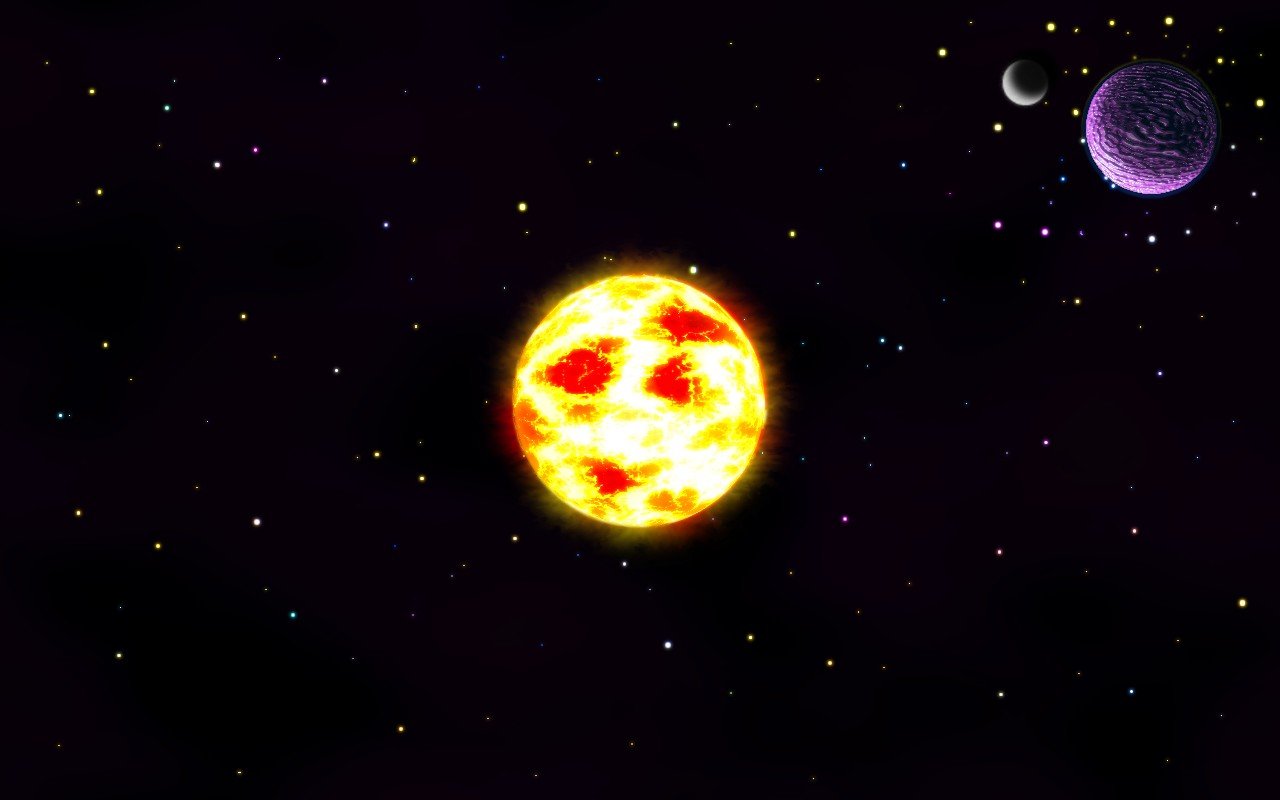
Close-orbiting “hot Jupiters” likely formed far from their stars and then migrated inward, a process that challenges the neat textbook sequence of planet building. Interactions with disks and sibling planets can sling giants inward and scatter smaller worlds into eccentric orbits. Our own system bears scars of reshuffling, from the asteroid belt’s gaps to Neptune’s captured Kuiper Belt residents.
Why it matters is simple: where a planet lives isn’t where it necessarily started, and that changes how we calculate habitability. A tiny nudge early on can set up a billion-year domino run. Every weird exoplanet we map becomes a mirror that shows us a different possible Earth.
The Hidden Clues, Revisited: planets can lock one face to eternal day
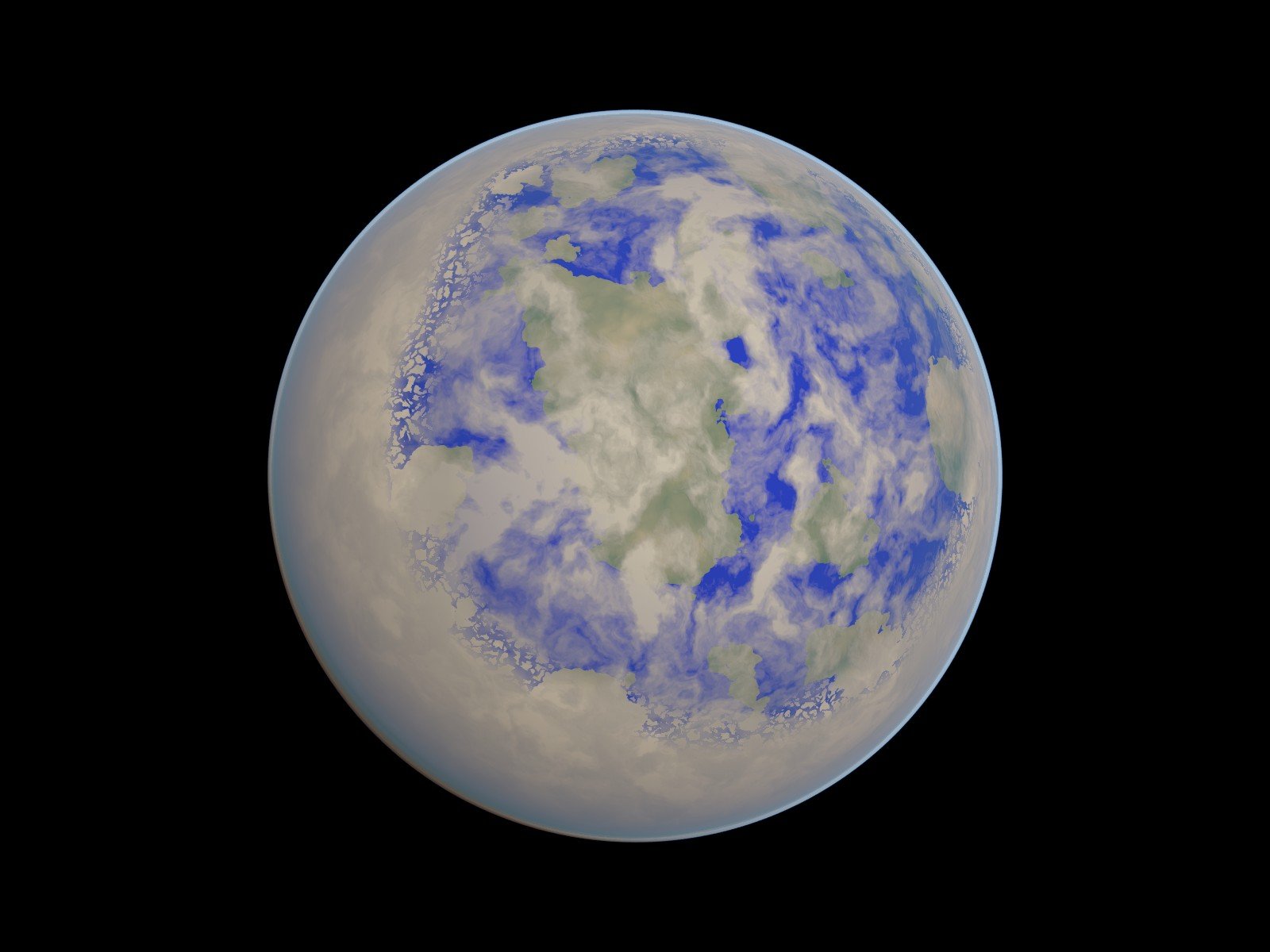
Many close-in worlds become tidally locked, turning the same face to their star the way our Moon does to Earth. That creates hemispheres of endless noon and midnight, with knife-edge twilight zones where winds could roar and clouds pile into permanent storms. It sounds unlivable, yet models show heat can circulate and stabilize climates more than you’d expect.
For red-dwarf systems – common across the galaxy – this locking is practically a way of life. Future spectra may find atmospheres and even water vapor on such worlds, forcing us to rethink the boundaries of comfort. Habitability may be less about a perfect spin and more about a planet’s talent for moving heat.
Eyes on the Next Sky: new observatories and you are about to change the map

The next wave of telescopes will pry open planetary atmospheres and hunt smaller, cooler worlds with ruthless efficiency. Space missions and giant ground observatories will measure molecules like water and carbon dioxide, trace heat patterns, and watch clouds shift in real time. With each spectrum, we move from silhouettes to weather reports on distant planets.
Here’s the underreported twist: citizens are part of the engine. Public data portals and backyard photometry already help confirm exoplanet transits, and dark-sky advocacy improves the measurements professionals rely on. If you want a hand in the next discovery, support local dark-sky projects, join a citizen-science program, or simply step outside and keep looking up – because the cosmos is taking attendance, and your name is on the list.

Suhail Ahmed is a passionate digital professional and nature enthusiast with over 8 years of experience in content strategy, SEO, web development, and digital operations. Alongside his freelance journey, Suhail actively contributes to nature and wildlife platforms like Discover Wildlife, where he channels his curiosity for the planet into engaging, educational storytelling.
With a strong background in managing digital ecosystems — from ecommerce stores and WordPress websites to social media and automation — Suhail merges technical precision with creative insight. His content reflects a rare balance: SEO-friendly yet deeply human, data-informed yet emotionally resonant.
Driven by a love for discovery and storytelling, Suhail believes in using digital platforms to amplify causes that matter — especially those protecting Earth’s biodiversity and inspiring sustainable living. Whether he’s managing online projects or crafting wildlife content, his goal remains the same: to inform, inspire, and leave a positive digital footprint.

